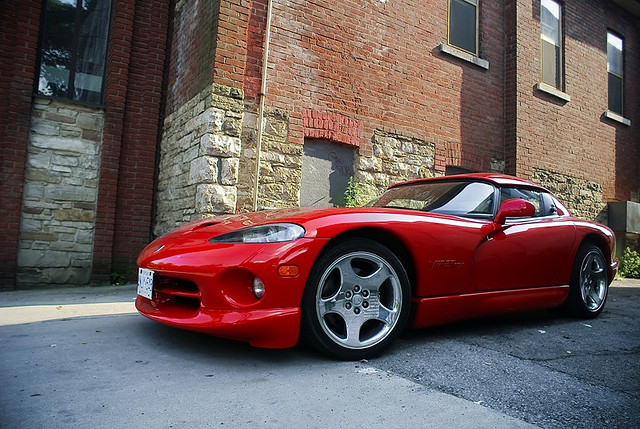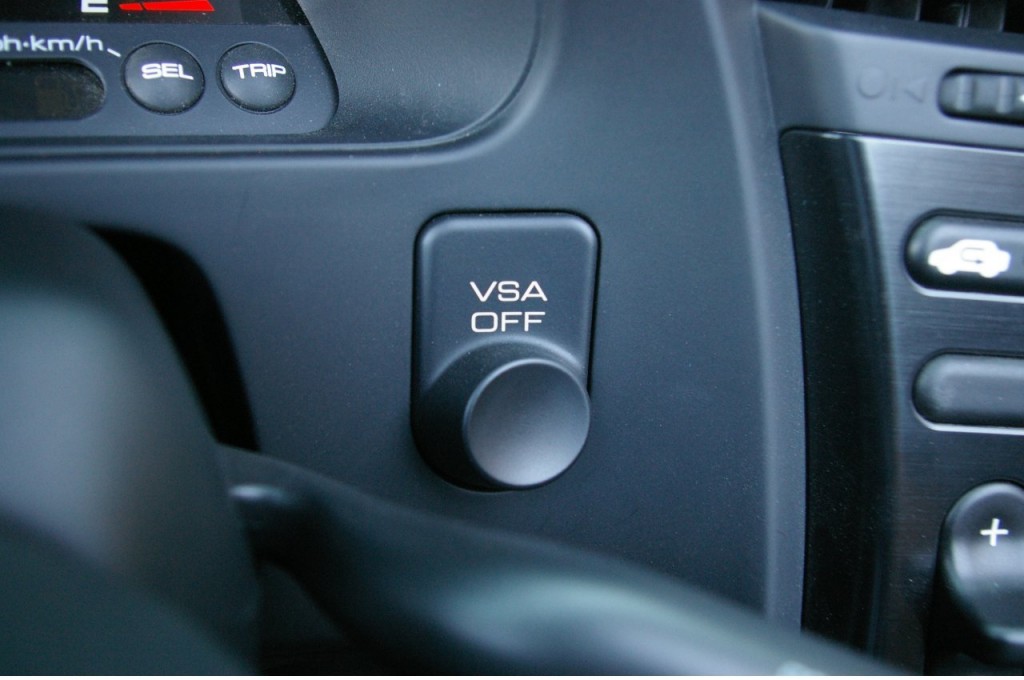The Emperor’s New Driving Skills
People say revelations come at peculiar times. For me, it was during a frantic search for a gas station in Newport Beach, with the fuel gauge bouncing between “Empty” and “Imminent Disaster”. Despite the increasingly frantic salesperson next to me, the vaguely disturbing fact that I’d had a quarter tank remaining twenty miles ago, and the impression that who- or whatever controls traffic lights was deliberately hindering me, I was having fun.
If you’d told me an hour before that driving a 1999 Viper RT/10 through the wide, straight, and traffic-choked boulevards of Orange County would be an enjoyable experience, I’d have laughed in your face and condescendingly asserted that real fun can only be had on empty canyon roads, or, preferably, the track. My notable personality defects aside, this is because there has been a shift in character of the vehicles marketed as “driver’s cars” over the last decade, and we have largely forgotten the things that made us love driving to begin with.
Driving is at its best when it is a whole-body, whole-brain activity. The addiction begins during the learning process; at first, just braking smoothly or shifting cleanly requires conscious thought and protracted effort. Getting it right is rewarding; we feel a sense of accomplishment. This sense of accomplishment gradually wanes as all the basic processes are mastered, unless we choose to continue to challenge ourselves. Purchasing a car with a manual transmission, taking up autocross or trackdays, learning to do maintenance tasks yourself; these and more mark out the automotive enthusiast, who continues to seek challenge and reward from what could be a mundane portion of daily life.
Performance cars were originally designed for this sort of driver. To wildly misuse the words of Aldous Huxley, “Technological progress has merely provided us with more efficient means for going backwards.” Some were tricky; others downright deadly in the wrong hands. Often, they challenged more than they rewarded. It took years to master a single car; years during which an almost unbreakable bond can be formed. This is what drew me to the S2000, and especially the AP1- I knew it was a better car than I was a driver, and that it would take time and effort to learn to exploit its capabilities.
Sometime around the millenium, a strain of cognitive dissonance, or perhaps simply cynicism, crept into product planning departments at carmakers the world over.
What if, it whispered, what if we make performance accessible? What if we make it easy?
Perhaps this mindset evolved naturally from motorsport applications like active differentials and traction control, which were created to make racecars faster, and, tangentially, easier to drive. Perhaps it was a conscious decision to appeal to a broader market segment. Regardless, the outcome was the same.
In the mid-2000s, technological advances shifted from making performance cars more enjoyable to less so, and it happened so smoothly and insidiously that we didn’t notice or protest.
The omnipresent electronics and computers in new vehicles are the automaker’s accomplices; the vector by which the disease spreads. Electronic throttles, power steering servomotors, even brakes, are constantly second-guessing your every input, rounding off the edges, taking skill out of the equation. The car isn’t really responding to the driver’s inputs; it’s interpreting and idealizing them.
Taking this idea a level further, traction and stability control have become mandatory in the United States, under the guise of driver safety. Flooring the throttle and letting the computer sort it out has become misfortunately commonplace, and not just among sports car drivers. Far too often, this sort of driver’s first experience in a vehicle without electronic aids ends in an accident, something attested to by the multiplicity of crash threads on this very site. If you’ve never driven a car without electronic driver aids in slippery conditions, you don’t really know how to drive. Fortunately, this presents another opportunity to challenge oneself. Find a wet, empty parking lot and enjoy!
The culmination of these tendencies has to be the R35 GTR, a car so monumentally capable yet stultifying boring (and huge, uncomfortable, and plasticky) that I took it back to the dealership after five miles. Yes, it will run rings around a first-generation Viper at the track. But make no mistake- it will be the car doing so, not the driver.
Driving the Viper was hard work. The clutch and brake require leg-press effort. The gearshift, too, is heavy, with narrow, firmly defined gates that require deliberate, precise movements to engage. If you turn too tightly, too quickly, the diff binds and the whole car shudders. The throttle is both long in stroke and hyper-responsive; it demands accurate inputs to drive and shift smoothly. I hadn’t had to work this hard just to drive to a gas station since I was 15 and still on my permit.
I loved every second of it. I can’t imagine having anything else for a daily driver when I retire the Evil Red Racecar to full-time track duty. If you think I’m talking nonsense, go drive one; or drive a BMW 2002, a pre-1985 Carrera, a Cobra replica- anything where the original build sheet doesn’t have electric- or power- anything, even as an option.
You’ll understand then. And with any luck, fewer of us will purchase the new cars that perpetrate this ruse. If enough real drivers refuse to be duped, maybe someday we’ll see the return of the real sports car.


